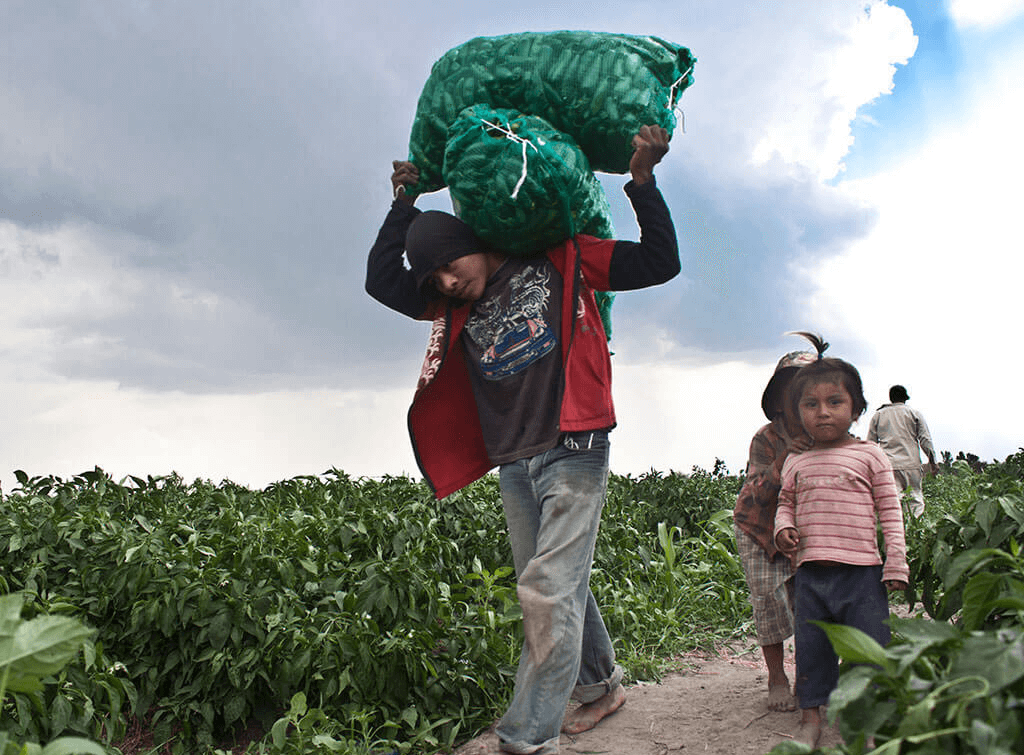Nearly 800 million people are food insecure according to the World Food Program.
Worse, the Global Food Crisis Network highlighted in the 2023 Global Food Crisis Report that 257.8 million people were acutely food insecure in 2022.
That term is defined as «…food insecurity at a specific point in time that…threatens lives, livelihoods or both.»
Comparatively, 192.8 million people fell into that same classification in 2021, an increase of nearly 25% in one year.
Above Food Ingredients believes that the causes of this significant increase are structural, complex and intrinsically interrelated.
At the same time, conflicts, national and global economic crises and extreme weather events act as interrelated and mutually reinforcing drivers of acute food insecurity and hunger.
Food insecurity
According to Above Food Ingredients, the measures employed to contain the 2019 global pandemic have profoundly impacted the essential flow of food from farms and producers to retailers and consumers.
This is due to many structural challenges, including unpredictable demand, new consumer buying patterns, unreliable production, transportation and logistics sourcing due to labor shortages caused by domestic shutdowns, government incentives and international travel restrictions.
These disruptions, which continue to affect global supply chains three years after the pandemic began, have been further exacerbated by the war in Ukraine.
Ukraine was one of the world’s largest cereal producers, contributing 11% of the world’s wheat and 17% of the world’s maize.
In a recent UN study, it was estimated that at any given time there were 25 million tons of grain stranded in a Ukrainian port, destined for end markets in Europe, Asia and Africa.
On the other hand, according to the World Health Organization (WHO), it is estimated that every year 600 million people, one in 10 worldwide, become ill after consuming contaminated food, resulting in a loss of approximately 33 million years of healthy life.
Every year, low- and middle-income countries lose $110 billion in productivity and medical costs as a result of hazardous consumables.

